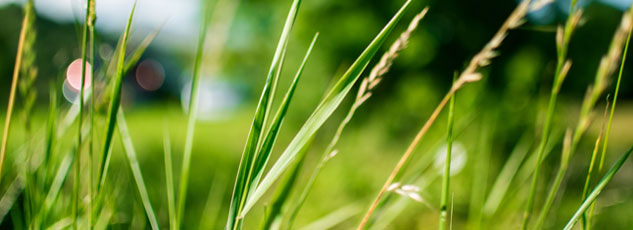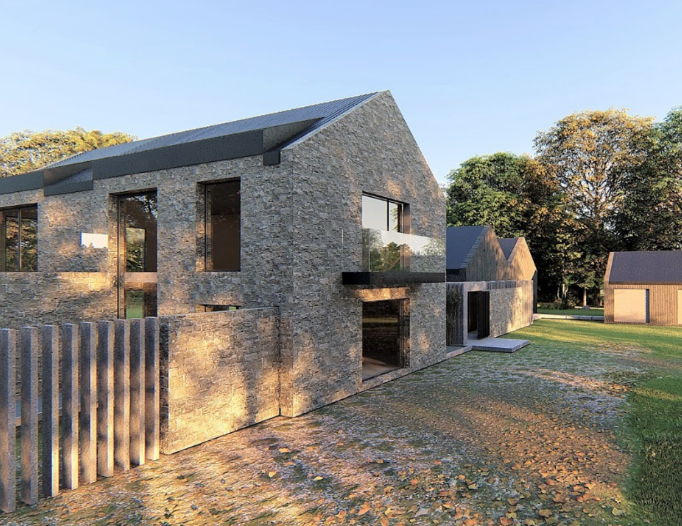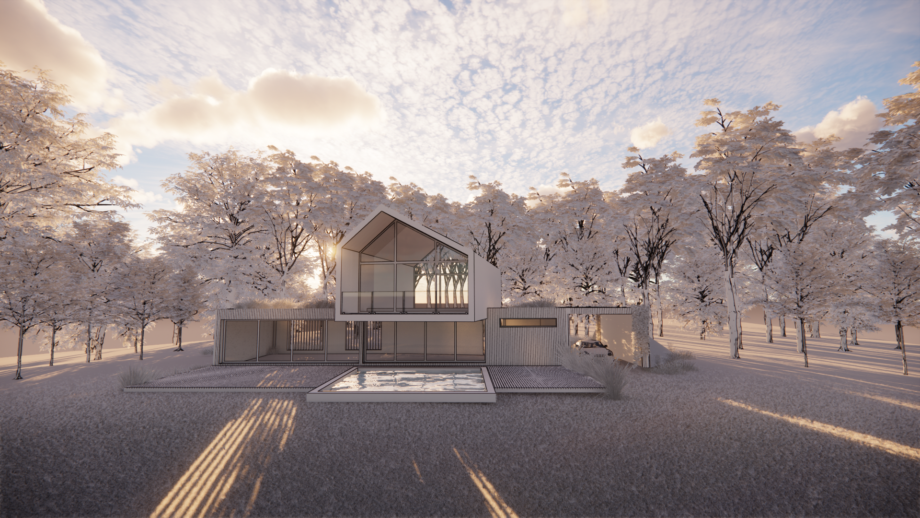Green Belt Map of London
The Green Belt map of London includes areas of land that are protected from development. The map shows a clear boundary that separates the urban areas of London from the rural areas that are protected by the Green Belt. The Green Belt is divided into different zones that are designated for different uses, such as agriculture, conservation, and recreation.
Areas of London that are Greenbelt
The Green Belt in London covers a large area of land and includes many different neighborhoods and suburbs. Some of the areas that are protected by the Green Belt in London include:
- Chiltern Hills: The Chiltern Hills are located to the northwest of London and are designated as an Area of Outstanding Natural Beauty. The area is characterized by rolling hills, woodland, and fields, and is home to many rare and endangered species of plants and animals.
- Epping Forest: Epping Forest is a large area of ancient woodland that is located to the northeast of London. The forest is home to many species of wildlife, including deer, foxes, and birds of prey.
- Richmond Park: Richmond Park is a large park that is located in southwest London. The park is home to many species of wildlife, including deer, foxes, and badgers, and is a popular destination for outdoor recreation.
- Wimbledon Common: Wimbledon Common is a large open space that is located in southwest London. The area is designated as a Site of Special Scientific Interest and is home to many rare and endangered species of plants and animals.
- Hainault Forest: Hainault Forest is a large area of woodland that is located to the east of London. The area is home to many species of wildlife, including deer, foxes, and birds of prey, and is a popular destination for outdoor recreation.
Information for Planners, Developers, and Homeowners
The Green Belt in London is protected by planning permission that restrict development within the designated areas. These regulations are designed to preserve the natural beauty and open space of the Green Belt and to prevent urban sprawl. Here is some information for planners, developers, and homeowners who are interested in working within the Green Belt:
- Planners: Planners who are working within the Green Belt must be familiar with the regulations that govern development in the area. They must also be familiar with the different zones within the Green Belt and the uses that are allowed within each zone. Planners must work to ensure that any development within the Green Belt is consistent with the goals of preserving the natural beauty and open space of the area.

- Developers: Developers who are working within the Green Belt must be aware of the restrictions on development within the area. They must also work to ensure that any development is consistent with the goals of preserving the natural beauty and open space of the area. Developers must also be aware of the potential impact of their development on the environment and take steps to mitigate any negative impacts.

- Homeowners: who live within the Green Belt must be aware of the restrictions on development within the area. They must also be aware of the importance of preserving the natural beauty and open space of the area. Homeowners must take steps to minimize their impact on the environment and to preserve the natural character of the area.
In conclusion, the Green Belt in London is a designated area of land that is protected from development to preserve its natural beauty and open space, and provide opportunities for outdoor recreation. The Green Belt in London includes many different neighborhoods and suburbs, as well as areas of ancient woodland, parks, and open spaces. The Green Belt map of London shows a clear boundary that separates the urban areas from the protected rural areas.
For planners, developers, and homeowners who are working within the Green Belt, it is important to be familiar with the regulations and restrictions on development within the area. Planners must work to ensure that any development is consistent with the goals of preserving the natural beauty and open space of the area. Developers must be aware of the potential impact of their development on the environment and take steps to mitigate any negative impacts. Homeowners must take steps to minimize their impact on the environment and preserve the natural character of the area.
Technical specifications for greenbelt maps
- Planning regulations: The Green Belt in London is protected by a set of planning applications that restrict development within the designated areas. These regulations are designed to prevent urban sprawl and preserve the natural beauty and open space of the Green Belt Planning regulations include limits on the size and location of buildings, restrictions on the use of land, and requirements for environmental impact assessments.
- Green Belt zones: The Green Belt in London is divided into different zones that are designated for different uses. These zones include agriculture, conservation, and recreation. The use of land within each zone is regulated by planning regulations and may be subject to additional restrictions.
- Environmental impact assessments: Developers who are working within the Green Belt may be required to conduct an environmental impact assessment (EIA) to assess the potential impact of their development on the environment. An EIA includes an assessment of the potential impact on air, water, soil, biodiversity, and human health.
- Site of Special Scientific Interest: Many areas within the Green Belt in London are designated as Sites of Special Scientific Interest (SSSI). These areas are protected under UK law and are designated for their scientific and conservation value. Planning regulations for SSSIs are stricter than for other areas within the Green Belt.
- Green Belt review: The Green Belt in London is subject to periodic reviews to assess its effectiveness in achieving its goals. These reviews may result in changes to the boundaries of the Green Belt or changes to the regulations that govern development within the Green Belt.
- Planning permission: Development within the Green Belt in London is subject to strict planning regulations, and planning permission may be more difficult to obtain than in other areas. Developers must demonstrate that their development is necessary and that there are no alternative sites available outside of the Green Belt.
In summary, the Green Belt in London is protected by a set of planning regulations that restrict development within the designated areas. The Green Belt is divided into different zones that are designated for different uses, and the use of land within each zone is regulated by planning regulations. Developers may be required to conduct an environmental impact assessment, and areas within the Green Belt that are designated as Sites of Special Scientific Interest are subject to stricter regulations. The Green Belt is subject to periodic reviews, and planning permission for development within the Green Belt may be more difficult to obtain than in other areas.






